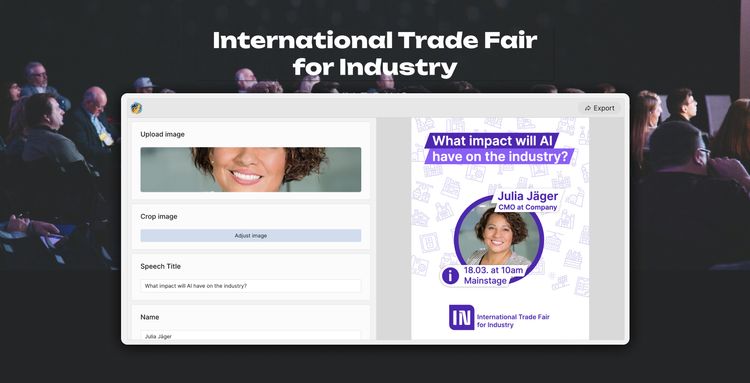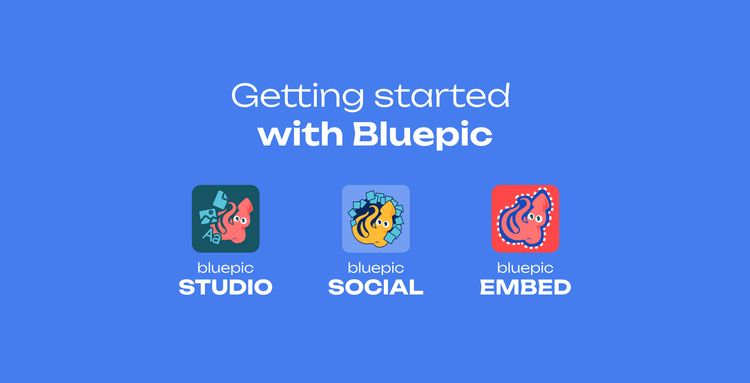Newbie Manager in Media Communication? Learn from Someone Who’s Been There

Stepping into a managerial role brings new challenges and opportunities, especially in the realm of media communication. The way your team handles social media, PR, and public awareness can significantly impact your company’s brand and reputation. This guide is crafted to help you leverage these tools effectively, creating a visible improvement that reflects your leadership skills.
Deep Dive into the Media Landscape
The media landscape is vast and constantly evolving. Start by identifying which platforms best align with your target audience. Different platforms cater to different demographics and interests: LinkedIn excels in professional content, Instagram in visual storytelling, Twitter in real-time updates. Understanding these distinctions is crucial for an effective media strategy. Knowledge of these platforms is key to effectively reaching and engaging your audience. For instance, video content is king on platforms like Instagram and TikTok, while LinkedIn thrives on thought leadership articles.
It's about making the platform's discovery mechanisms your ally!

Building a Skilled Media Team
Building a competent media team goes beyond just hiring the right people; it's about nurturing talent and fostering a culture of continuous learning. Identify team members who exhibit a knack for storytelling, graphic design, or data analytics. Invest in their growth through specialized training programs and workshops. Encourage them to stay updated with webinars and courses from industry leaders. This not only boosts their skills but also keeps your team ahead in the media game.
For example, we had a client with several franchise stores where most employees weren't interested in social media work. But the two who were made a huge difference! One employee enjoyed being on camera, helping create engaging Instagram videos that got tens of thousands of views and boosted the channel's growth. Another, a store manager, regularly produced thoughtful and relevant content, gaining substantial trust and appreciation from our client.
Crafting a Comprehensive Media Strategy
A well-thought-out media strategy serves as a roadmap for your team's efforts. This strategy should include diverse content types like blog posts, social media updates, press releases, and videos. Also, plan a content calendar to maintain consistency. For example, you might decide to post industry-related news on Mondays, customer stories on Wednesdays, and behind-the-scenes content on Fridays. This structured approach ensures a balanced and engaging presence across all platforms.

Mastering Content Creation and Consistency
The heart of media communication lies in content. Encourage your team to brainstorm innovative content ideas that align with your brand's voice. For instance, if your brand is youthful and vibrant, consider quirky memes or interactive stories. In addition to creativity, emphasize the importance of quality and consistency. Regular posting schedules and maintaining a high standard in content quality are crucial in building a trustworthy and engaging brand image.
Fostering Audience Engagement
Active audience engagement transforms passive viewers into loyal brand advocates. Encourage your team to engage in meaningful conversations with your audience. This could involve responding to comments, creating interactive polls, or hosting Q&A sessions. Such engagement not only boosts your brand's relatability but also provides valuable insights into your audience’s preferences and concerns.
Upholding Ethical Media Practices
Avoid misleading content or sensationalism just for the sake of engagement. Maintain transparency and honesty in all your communications. A strong ethical foundation is critical in building and maintaining a positive brand reputation in the long term.
Learning from Success Stories
Incorporate case studies of successful media campaigns in your industry. Analyze their strategies, content, and audience engagement tactics. Discuss with your team how these strategies can be adapted or improved upon for your purposes. This not only serves as inspiration but also as practical, real-world examples of effective media communication.
Conclusion: Making Your Mark
As a new manager, enhancing your team's media communication is a significant opportunity to demonstrate your leadership and strategic thinking. This journey requires a blend of creativity, analytical skills, and ethical practices. By staying informed, adaptable, and forward-thinking, you can lead your team to new heights in media communication, making a visible and impactful difference in your organization.



